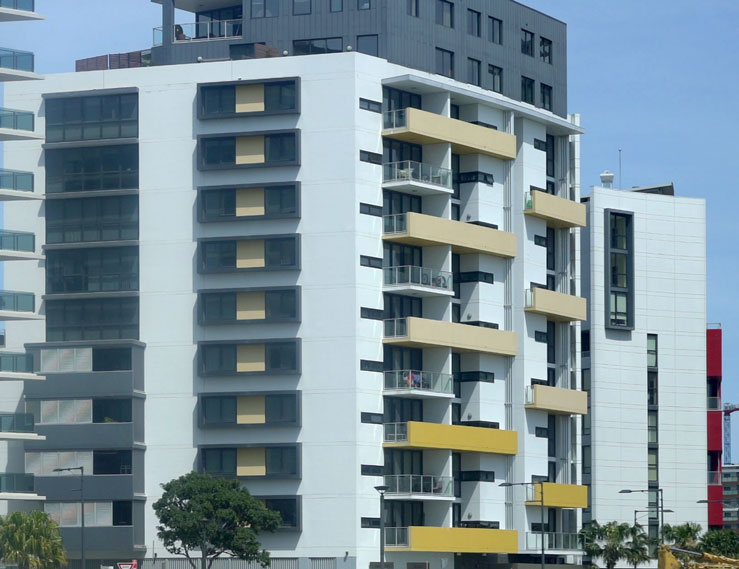First time home-buyers may have been relieved on Wednesday to see home prices falling by an average 1 per cent across the nation, according to the latest data from CoreLogic.
‘May’ is the operative word. In a nation full of property experts, even relatively inexperienced house hunters know that figure could bounce back next month.
The figures for bubble-cities Sydney and Melbourne were heartening for non-home-owners, falling 1.3 and 1.7 per cent respectively – the biggest monthly slide since November 2015.
What makes these figure different to the falls seen 18 months ago, however, is the context in which they are happening.
In its simplest form, the market is swinging towards over-supply in a very short space of time – something that will surprise buyers who’ve been told for years that the problem was ‘under-supply’ .
The ‘over-demand’ problem
The government, and every real estate agent or property spruiker worth their salt, has been using the myth of ‘under-supply’ to explain the sky-high prices that are locking a generation buyers out of the market.
High profile real estate agent John McGrath wrote on Tuesday in the Switzer Daily investment newsletter that: “We have too much population growth fuelling demand and too much of an undersupply to experience a crash.”
Well it’s not quite that simple. As covered earlier this week, the immigration intake is going to become a hot-potato at the next election, so may not be as reliable a back-stop as in recent years.
And the ‘under-supply’ problem is mostly a myth anyway.
As University of Sydney town planning academics Peter Phibbs and Nicole Gurran explained recently, ‘under-supply’ is the government’s way of explaining rock-bottom housing affordability, without having to do much about it.
A far more accurate term to use is ‘over-demand’, which is created by the large tax refunds the government has been handing back to property investors since changes to capital gains tax laws in 1999.
The much under-reported figure that proves that point is the number of Australian residents per dwelling, measured by the Bureau of Statistics, which has remained virtually unchanged right through the housing boom years.
There is no great mis-match between the number of dwellings available to be lived in, and the number of people wishing to rent or buy them.
The ‘under-supply’ simply reflects too few dwellings on the market to cater for investors who wish to enjoy large tax refunds through negative gearing, as well as the apparently fool-proof capital gains that benefit from the 50 per cent capital gains tax discount.
When these dynamics are understood, falling house prices in the bubble cities have to be the result of one of two things: investors deserting the market, or a larger volume of properties coming onto the market.
Well investors are still not deserting the market according to the Reserve Bank’s latest credit data. It shows the value of investor loans growing by 7.3 per cent year-on-year, which is still higher than the growth in owner-occupier loans, at 6.1 per cent.
So if investor demand for credit is continuing apace, and if the usual numbers of young first-home-buyers are out looking for a home, how can prices be falling?
The answer is on the supply side. The much discussed ‘apartment glut’ is beginning to work through the system, with knock-on effects in the detached housing market.
As Mr McGrath himself notes: “CoreLogic figures tell us that the supply of established housing stock available for sale in Sydney and Melbourne is at its highest level for this time of year since 2012.”
Meanwhile, foreign buyers – mostly from China – many of whom are not captured by the RBA credit data, are pulling out of the market. That leaves even greater supply for local investors to pick over.
In those circumstances, prices can fall despite ‘strong investor demand’.
What we are seeing is not a shift from a large under-supply back to more normal levels of supply, but a shift from normal-ish levels of supply to over-supply – with slightly lower levels of investor demand due to the China exodus.
That will leave Treasurer Scott Morrison with some explaining to do at the next election, when he will presumably continue to promise to ‘unlock supply’ and solve the affordability problem.
In fact, it’s looking pretty unlocked already.


2 thoughts on “The housing market is swinging to over-supply”